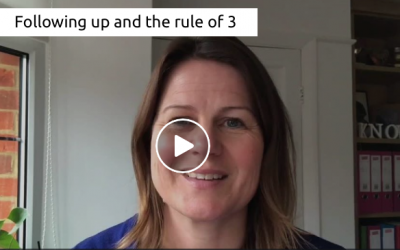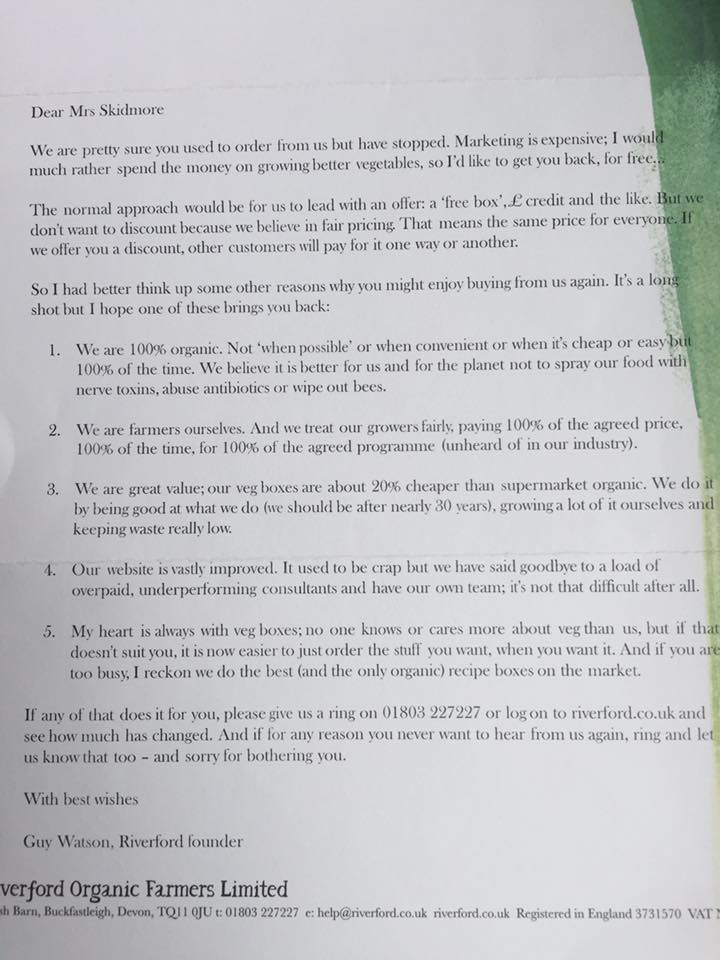Let me explain.
One of the common stories I hear is from recently qualified coaches and business owners looking to revamp their business growth is that they want to start with creating online products and programmes and avoid any way of working with clients on an individual basis. “I don’t want to get stuck in the time for money trap, do I?” they often ask me. There’s no doubt there are some people who destined for digital success; they put in the hard work of creating a product or two, have an astute understanding of their marketplace and end up with a profitable growing business that never sells anyone’s time.
But for most people, this is not a reality. For whatever reason, they don’t know their target audience well enough or have picked the wrong market or just aren’t equipped with the right resources, knowledge, aptitude, attitude or experience to create a product based business out of their expertise. So believing in the Time For Money Trap, they do anything but sell their services to individuals. They see selling their time as a bad thing and thus must never do it.
I believe selling your time for money can be a good thing, for some people some of the time. And for a lot of service based businesses, selling time is critical to their long-term growth and success. These are my reasons why:
Selling your time gives you fast and insightful feedback
1) Working privately with someone on a 1-2-1 basis gives you the invaluable intel on your approach and process.
You can get fast and insightful feedback while being able to try out different approaches with a real life client. I’ve seen so many people fail at selling products and online courses because no matter how fabulous their marketing, the offer itself was not right. They often assumed they knew what the solution was and other times, were trying to fix a problem that didn’t need fixing. Not having proof that your process, approach or system works before you start filming videos, creating content and building e-learning platforms can often end up in wasted months and tears of frustration. So my advice is always, especially to newbies and recently qualified coaches, therapists and consultants, is to start working with people on an individual basis first and then grow from there.
So my advice is always, especially to newbies and recently qualified coaches, therapists and consultants, is to start working with people on an individual basis first and then grow from there.
Selling your time doesn’t mean sticking to an hourly rate
2) Selling your time doesn’t mean you stick to charging an hourly rate.
There are plenty of professionals around the world who work only with a handful of clients each year because they’ve priced how they work with someone based on how much they want to earn, rather than how much is the norm in the industry or local marketplace they work in. They’ve valued their time, set high enough benchmarks to attract a select few and know that they don’t need to “be out there” because their business comes from referrals and recommendations. Selling their time for money in this way doesn’t become a trap for them.
You may not want to go as VIP as this, of course. But working backwards from your annual financial target and the hours that you want to work each month, and then dividing those figures by the number of clients you would want to work with each and every month, can give you a far more profitable pricing strategy and solid business model to work within.
Selling time can be a darn sight simpler and easier
3) Selling your time for money can be a darn sight simpler and easier business to run than an online empire.
Don’t get me wrong, once you’ve started to automate and systemise your business, marketing, administrative and customer service functions, an online empire does not need to be complicated; hence why laptop lifestyle images of sitting on a golden beach often tempt cash-poor business owners. But the work, effort, blood, sweat and tears needed to get to this point just isn’t shared enough by the gurus and the experts who promote this kind of business lifestyle.
Don’t get me wrong, once you’ve started to automate and systemise your business, marketing, administrative and customer service functions, an online empire does not need to be complicated; hence why laptop lifestyle images of sitting on a golden beach often tempt cash-poor business owners. But the work, effort, blood, sweat and tears needed to get to this point just isn’t shared enough by the gurus and the experts who promote this kind of business lifestyle.
I’ve seen dozens of people, often good business buddies, slowly fizzle out and lose their mojo, drive and determination trying to create the digital systems to support a product based business. When all you have to sell is your time, the most complex of digital systems you need is a basic website. There’s no need for any e-commerce set up, or hair pulling over setting up card payments and merchant accounts or syncing your email marketing systems with your e-learning platforms. I know plenty of people who would consider a product based business a trap because of the technology vortex you get sucked into.
Selling time is quick, efficient and good for cashflow
4) You can sell your time quickly and efficiently, which is incredibly important if you need to get cash flow quickly.
Creating sales for 1-2-1 coaching, therapy or consultancy services can be as simple as having a phone call or two with the right person at the right time. And I’ve proved to my clients time and time again the power of the conversation, which is a skill sadly becoming forgotten in this modern world of marketing.
When focusing your time on productising your expertise, it could be months before you see a decent return on your investment; in some cases a year or two. And when a lack of cash flow often means you have to bootstrap, the whole process can take you far longer than needed and you can end up with an inferior product to sell. Working with clients and charging them for your time while developing your products and programmes can not only keep your finger on the pulse with what’s working but generates critical cash flow for you to not only live on but also use to invest in your project. Investment in resources such as outsourcing technical support, web design and video production can mean you end up with a more professional product done in half the time of trying to DIY it.
Selling the time that you have may be just enough for you
4) How much money do you really want to earn?
The simplistic example I used at the beginning gave you £96,000. But what if all you want to earn is £50,000? Or even just £30,000? Perhaps just £2,000 a month is all that you need to live or make a difference to your life. And if you don’t want to be working away on your business for 60+ hours a week (the reality of creating a product based business and turning your expertise into online courses and programmes), then selling your time for money may just be the simplest, easiest and most stress-free of achieving your financial goals.
Yes, I’m sure money isn’t the only reason you are doing what you are doing, but before you slog through another two or three months of blood, sweat and tears, without any financial rewards, take a moment to breathe. Reflect on what’s going to work best for you and what you’re trying to achieve. There are ways of pricing and packaging your services so that you are still selling your time for money, but it’s not the stressful hourly rate conveyor belt.
So is selling your time for money a trap?
Only you can decide if this is the case. A trap is a trap only if you let it. I know from personal experience how much of a trap setting up multiple streams of income and digital products can be. But I also know that charging £50 an hour, working 40 hours a week is not going to get you far over the long term; not if you value your health, wellbeing and sanity that is.
But I hope from you reading this; you can take a step back from so many of the courses and programmes that look to sell the dangers of the Time For Money Trap. These messages that pull at your heart strings and create a compelling, emotional arguments against selling your time for money, especially when you’ve not quite found your calling in life or feel frustrated that you haven’t found the success you’d hoped for by now.
Digital courses, online programmes and productising your expertise can create hugely profitable businesses but can they help you create your True Profit? Can they help you find your way, your process and help you show up as your best self?
Don’t be afraid of bucking of the trend and selling your time for money if that’s your way. Because it may just be the right way for you.
I’d love to know what you think about selling your time for money. Is it a trap for you? And if so, how are you trying to avoid getting caught? Or is selling your time the best path for you? Leave a comment below. I’d love to read your thoughts.







